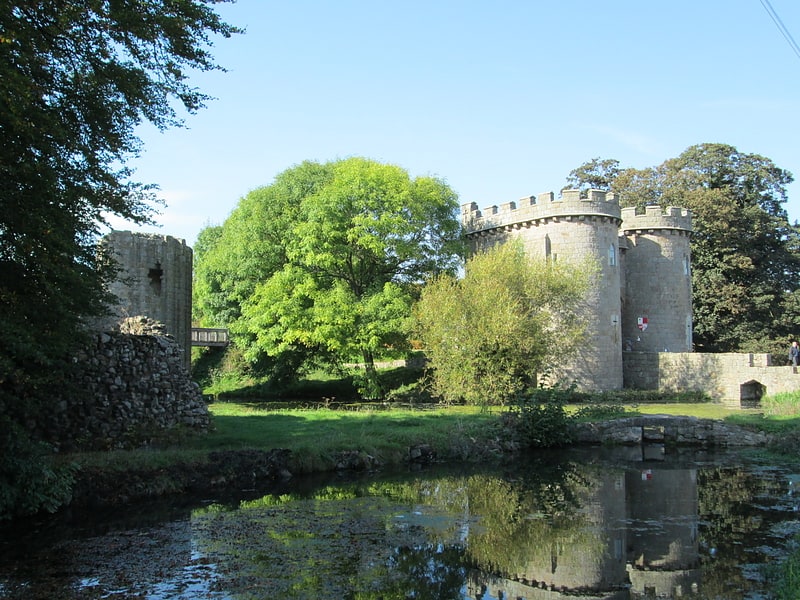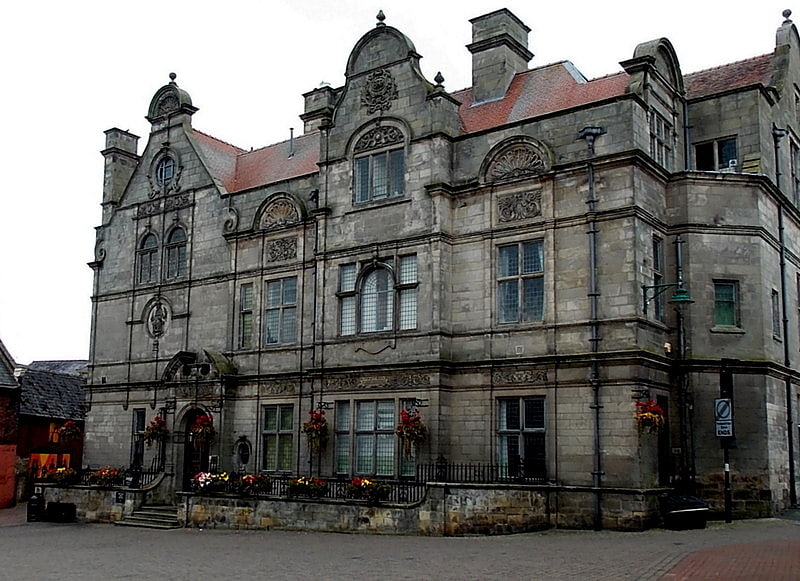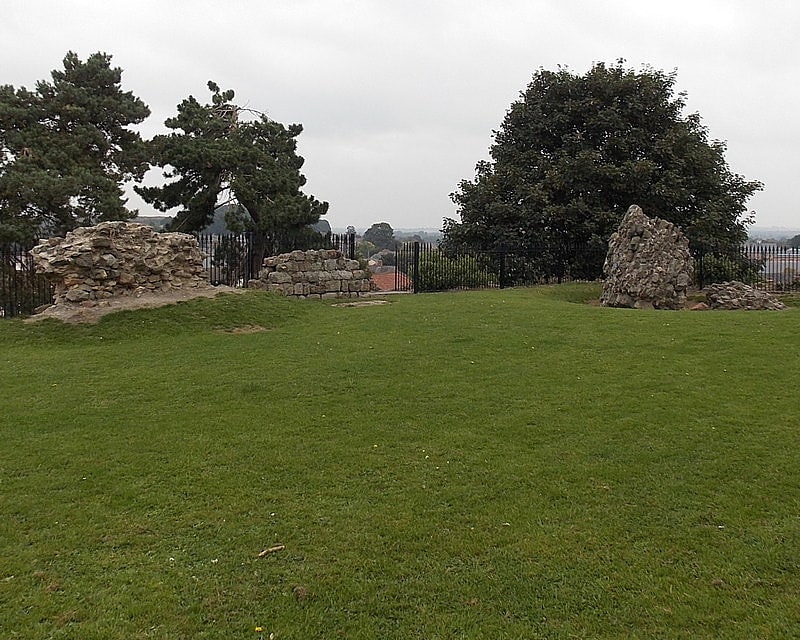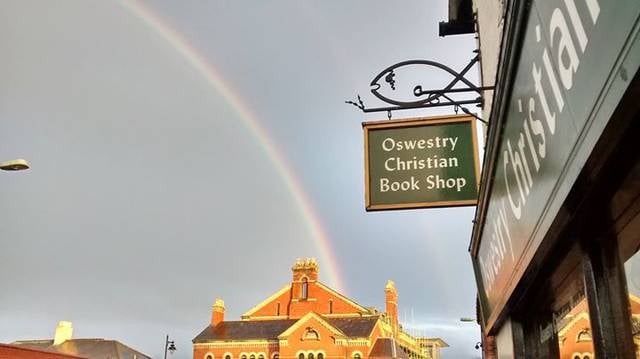Discover 5 hidden attractions, cool sights, and unusual things to do in Oswestry (United Kingdom). Don't miss out on these must-see attractions: Whittington Castle, Oswestry Guildhall, and Oswestry Castle. Also, be sure to include The Willow Gallery in your itinerary.
Below, you can find the list of the most amazing places you should visit in Oswestry (England).
Table of Contents
Whittington Castle

Historical landmark in Whittington, England. Whittington Castle is a castle in northern Shropshire, England, owned and managed by the Whittington Castle Preservation Fund. The castle was originally a motte-and-bailey castle, but this was replaced in the 13th century by one with buildings around a courtyard whose exterior wall was the curtain wall of the inner bailey. As a castle of the Welsh Marches, it was built on the border of Wales and England very close to the historic fort of Old Oswestry.
Whittington Castle resides on a 12-acre (49,000 m2) property in the village of Whittington, in the district of North Shropshire, in the county of Shropshire in England. It abuts Castle Road.
In 2003, a historical and archaeological investigation by Peter Brown and Peter King identified that the outer bailey of the castle had been two elaborate gardens and surrounded by water in the 14th century. This discovery was significant in that it proved the advanced state (as compared to those of the French or Flemish) of English gardening habits. The "lavish" garden was installed by one of the FitzWarin family. The viewing mound in the centre may be the oldest of its type yet discovered in England.[1]
Address: Whittington Castle Castle Street, SY11 4DF Whittington
Oswestry Guildhall

Oswestry Guildhall is a municipal building in Bailey Head in Oswestry, Shropshire, England. The structure, which was the meeting place of Oswestry Municipal Borough Council, is a Grade II listed building.[2]
Oswestry Castle

Ruin in Oswestry, England. Oswestry Castle is a medieval castle in the town of Oswestry, Shropshire, England. The castle has also been known as, or recorded in historical documents as: Album Monasterium; Blancminster; Blankmouster; Blancmustier; Croes Oswald; L'Oeuvre; L'uvre; Castle Loure; Luure; Luvre; Lvvre: Castle Philip; Oswaldestre; Meresberie.
The first reference to the castle in Oswestry was in 1086, when castelle Lurve (or castle L’oeuvre) is recorded in the Domesday Book as being built by Rainald, Sheriff of Shropshire in the Hundred of Meresberie. No town was recorded until around 1272 when references appear to the settlement of Blancminster (named after its white stone church). The Welsh were already referring to Croes Oswallt (Cross of Oswald) in 1254, regarding St Oswald, the Northumbrian king killed at the Battle of Maserfield (reputed to have taken place near Oswestry) in 641 AD.
After Rainald the castle passed to Alan fitz Flaad. The civil war between Stephen and Matilda (1135–54) saw the Marcher Lord of Oswestry, William FitzAlan, join forces with Matilda. As a consequence he was deprived of his lands, including the castle and its area, and titles by Stephen after 1138, when he fled into exile. The castle was reclaimed by Madog ap Maredudd the Prince of Powys between 1149 and 1154, along with the lordship of the area. This was short-lived; on the accession of Henry II in 1154, William FitzAlan recovered his estates and was restored as High Sheriff of Shropshire in 1155 until his death in 1160. A period of conflict between the Welsh and the English followed and the castle was sacked numerous times. In 1165, Henry himself adopted it as a base for his unsuccessful campaign against Owain Gwynedd. In 1211 King John moved against Llywelyn the Great and the castle came under attack. By 1270 the castle’s walls had been extended to embrace the town, but its military significance declined.
The castle was garrisoned by Royalist troops during the Civil War, and captured by the forces of Oliver Cromwell in 1644. It had been largely demolished by the Roundheads by 1650.
The motte is about 12m high and 52m by 72m at its base. The collapsed remnants of the stone keep, possibly dating to the 13th century, are in situ. The remains of the keep are a Grade II Listed Building. The internal layout of the keep is not known, but an inventory compiled in 1398 notes three chambers, hall, chapel dedicated to St Nicholas, kitchen, larder and buttery. To the south east of the keep are the remains of a bastion, largely rebuilt in the late 19th century, it is a Grade II Listed Building. The walls and the gate piers are also Grade II Listed. The castle bailey, which lies to the south of the motte, probably served as the initial focus for the development of the town. The town had grown beyond the limits of the bailey before the second half of the 13th century when the town walls were constructed. The location of the bailey is recorded in the street names Bailey Street and Bailey Head.[3]
Address: 2-4 Willow Street, Oswestry
The Willow Gallery

Art gallery, Shopping, Museum
Address: 56 Willow St, SY11 1AD Oswestry
Oswestry Christian Bookshop

Address: Lower Brook Street, Oswestry